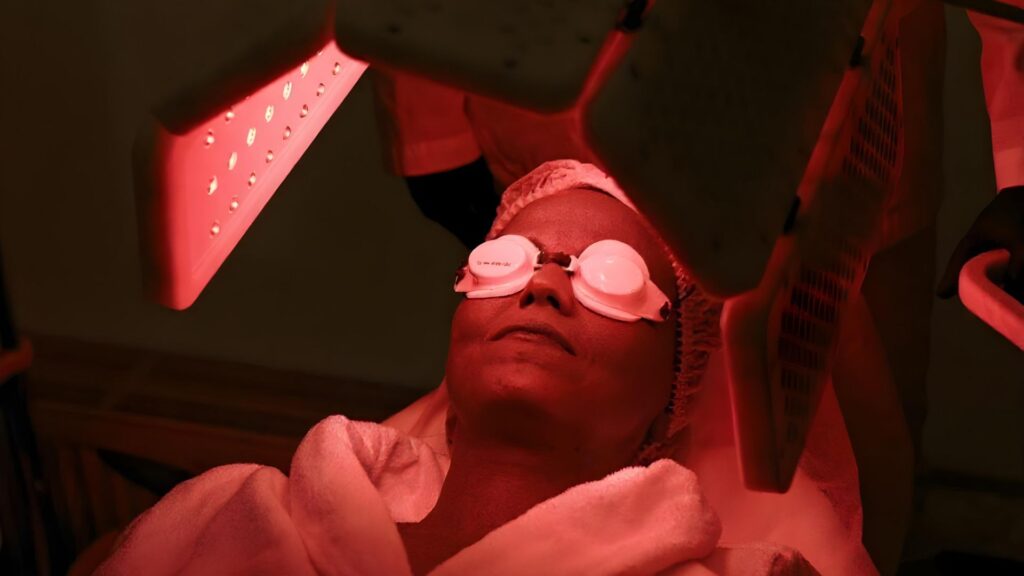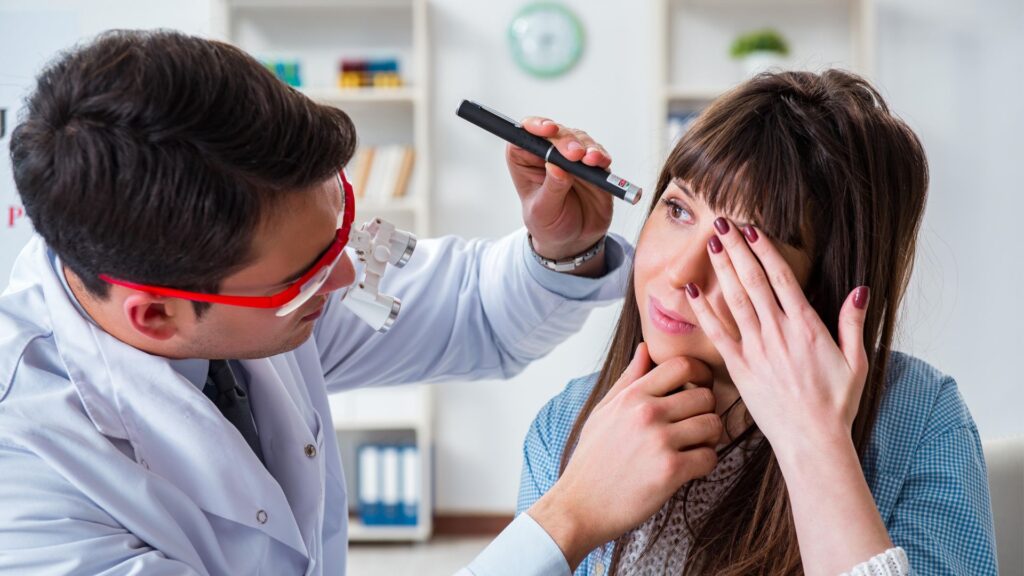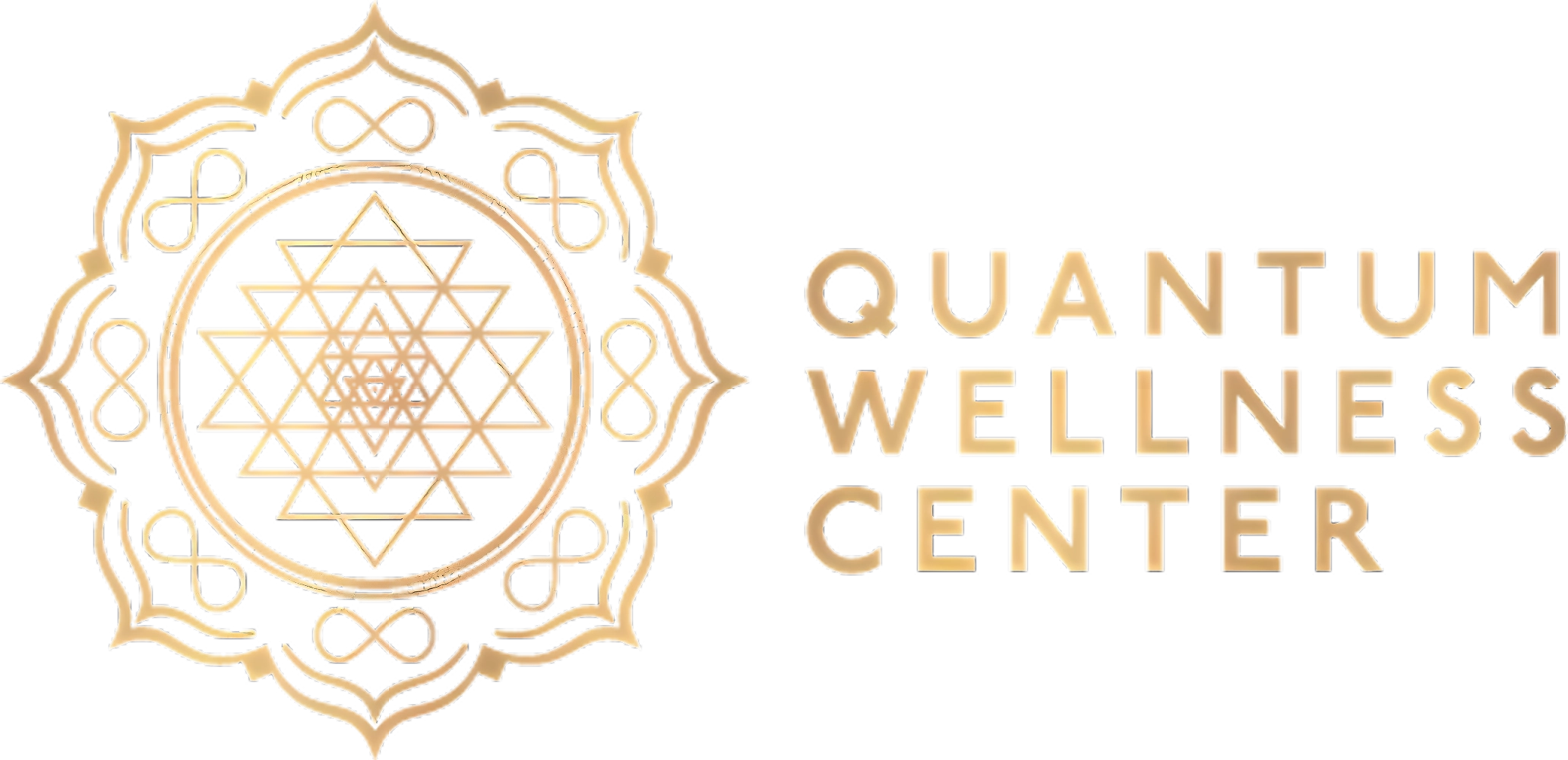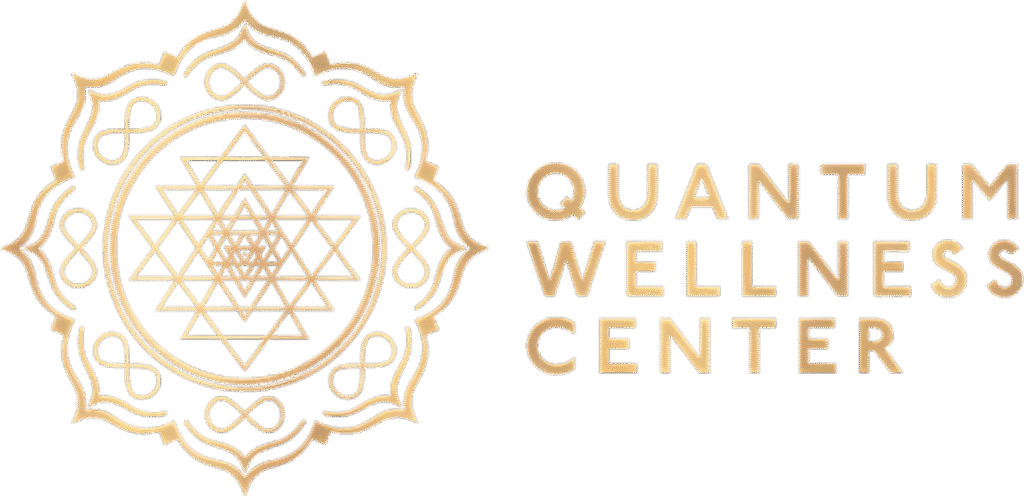Red light therapy is becoming increasingly popular for its various health and cosmetic benefits. However, concerns about whether it damages eyes have arisen as more people use these devices in professional settings or even at home.
This article explores the safety of red light therapy for the eyes, discussing potential risks, scientific evidence, and how to protect your eyes during treatment.

What is Red Light Therapy?
Red light therapy involves exposing the body to red and near-infrared light wavelengths, which penetrate the skin and tissues to stimulate cellular activity. Commonly used for skin rejuvenation, pain relief, muscle recovery, and improving eye health, devices that use this technology range from handheld gadgets to large panels. These devices emit a bright red LED light designed to deliver specific light wavelengths that influence biological functions safely when used correctly.
In addition to handheld devices and panels, red light therapy beds have become popular offerings at many wellness centers and spas. For those interested in a holistic approach to health and recovery, visiting a med spa like Quantum Wellness Center in Sarasota, FL, equipped with red light therapy beds offers an accessible way to experience the benefits of red light therapy under professional guidance.
Sessions typically last 10 to 20 minutes and are non-invasive, relaxing experiences that can complement various wellness goals such as pain relief, skin rejuvenation, and overall vitality. Many of these red light therapy beds use advanced LED technology to deliver consistent, safe wavelengths of red light tailored for effective treatment.
The Science Behind Red Light and Eye Safety
Red light therapy uses specific wavelengths of red and near-infrared light, typically ranging from 600 to 850 nanometers, to penetrate tissues and stimulate cellular processes. Unlike ultraviolet (UV) light, which is well-known for its harmful effects on the eyes and skin, red light and near-infrared light do not carry UV radiation and are therefore generally considered safe for the eyes. However, unlike blue light, which can cause photochemical damage, red light’s thermal effects tend to be mild and non-damaging under typical usage conditions.
Potential Risks
Despite the general safety, red light therapy could cause eye damage in cases of improper use. Bright light from a therapy device may cause eye strain, discomfort, or irritation, especially if you keep your eyes open and stare directly at the source during therapy sessions. Prolonged, intense exposure without protection or using high-powered devices near the eyes may risk thermal or photochemical retinal injury.
This risk is higher in people with pre-existing eye conditions or those who are sensitive to light. Children’s eyes are also more vulnerable, that’s why experts recommend caution. It’s important to limit exposure time and keep your eyes closed or wear appropriate eye protection.
Evidence Supporting Its Safety
Numerous studies suggest red light therapy is safe and effective for eye care when used properly. Research indicates low-level red and near-infrared light can promote retinal healing, improve mitochondrial performance, and reduce oxidative stress linked to eye diseases. These wavelengths enhance mitochondrial function by stimulating cytochrome c oxidase, an enzyme critical for cellular energy production. This stimulation promotes tissue repair, reduces inflammation, and supports overall eye health.

It has also shown promise in treating conditions like dry eye and macular degeneration. Most devices approved for home use are designed with safety features that ensure exposure stays within safe limits. The therapy’s potential benefits far outweigh risks when users follow recommended guidelines.
Safety Measures and Precautions When Using Red Light Therapy
To keep your eyes safe, using proper eye protection during red light therapy is critical. Many therapy devices come with protective goggles or recommend wearing protective eyewear during treatment. If wearing eye protection isn’t possible, keeping your eyes closed during sessions or avoiding direct eye exposure to the light helps protect against irritation.
Follow the manufacturer’s instructions regarding treatment duration and distance from the light source. Avoid overuse or prolonged staring at the bright red or near-infrared light. This is especially important when using at-home red light therapy devices or panels for the face or body.
When to Consult an Eye Care Professional
Consultation with an eye care professional is advised before using red light therapy near the eyes if you have an existing eye condition or photosensitivity. Medical guidance is important, particularly for individuals with retinal disease, glaucoma, or taking photosensitizing medications.
If you experience eye pain, vision changes, or prolonged irritation during or after a red light therapy session, contact an optometrist or ophthalmologist promptly. Avoid self-treatment of serious eye issues and rely on professional advice for light therapy for eyes to ensure safety and effectiveness.
Final Thoughts from Quantum Wellness Center
Red light therapy is generally safe for the eyes when used correctly, offering potential benefits for your health without harmful UV rays or severe side effects. Though it may cause mild discomfort or irritation if used improperly, proper eye protection, keeping your eyes closed, and following safety guidelines help prevent eye damage.
At Quantum Wellness Center, we provide a luxurious and peaceful setting for red light therapy in Sarasota, FL, blending advanced technology with a serene ambiance designed to promote total body wellness. With multiple convenient locations, Quantum Wellness Center supports your journey to renewed energy, relaxation, and long-term health in a setting that feels both exclusive and nurturing. Our skilled team is dedicated to providing personalized guidance, ensuring every visit contributes to your lasting transformation and well-being.



